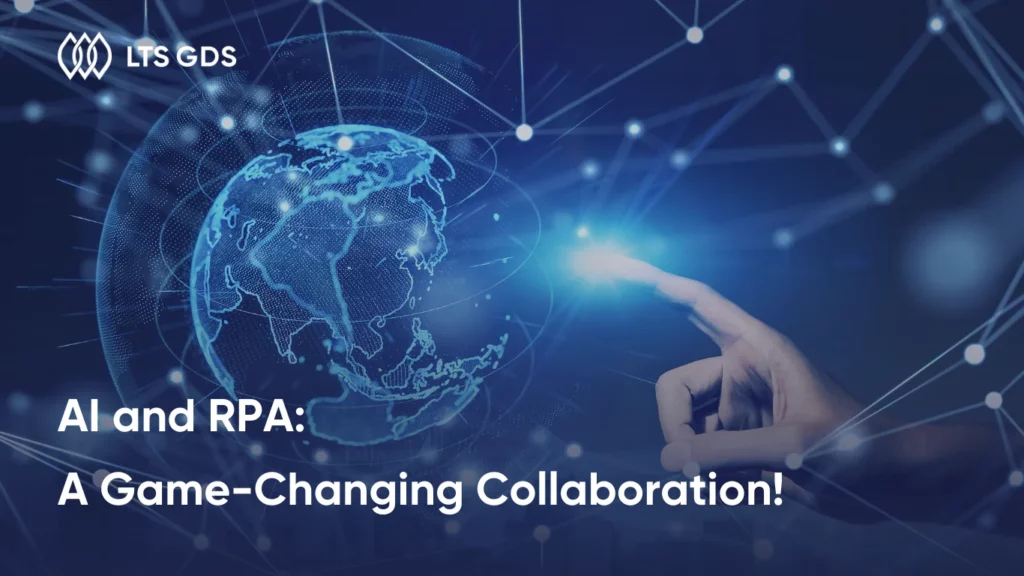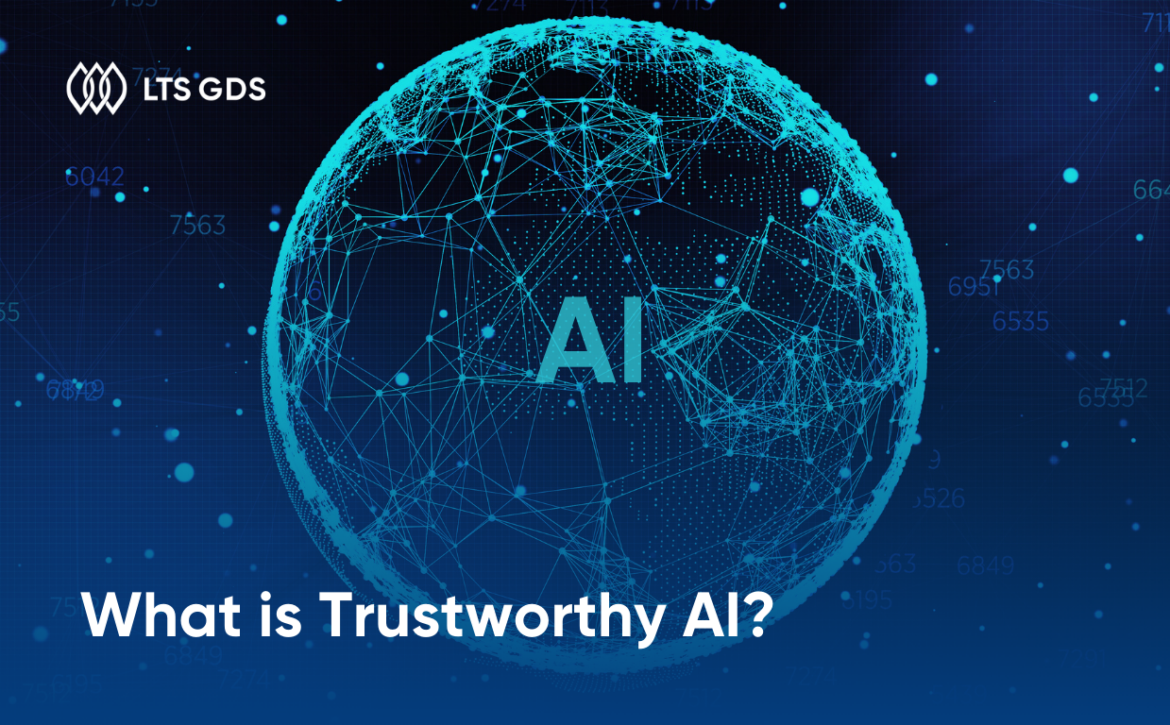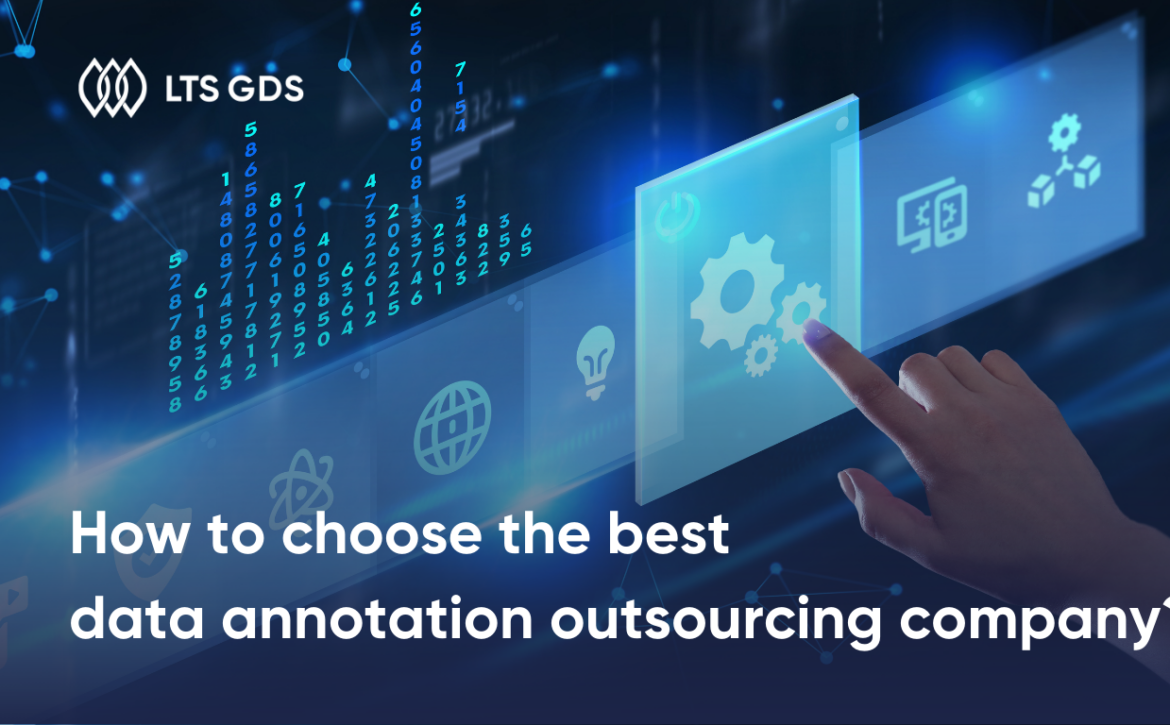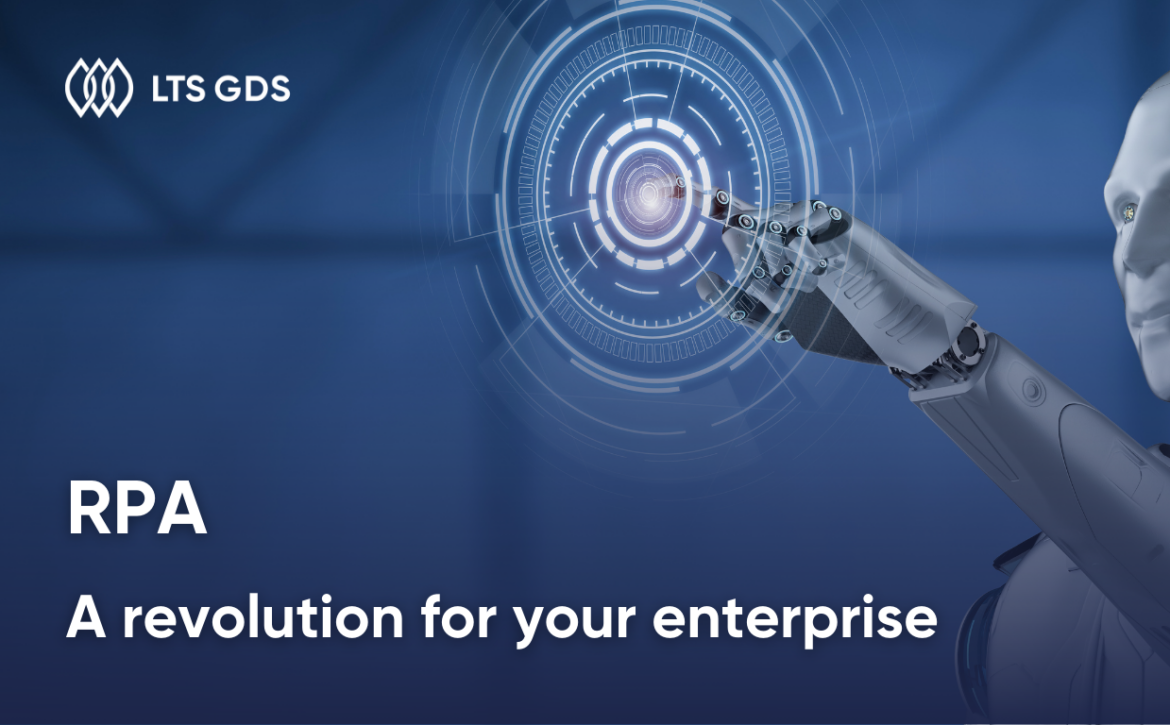Exploring the Integration of AI and RPA: A Comprehensive Overview
While AI has been attracting attention for decades, a stealthier force is quietly revolutionizing the digital transformation landscape: Robotic Process Automation (RPA). Often overlooked, RPA is now thrust into the spotlight, poised to amplify the impact of AI and create a powerful alliance known as Intelligent Automation (IA). The dynamic duo of RPA and AI is reshaping the way businesses operate globally, from bustling enterprises to thriving start-ups. From automating mundane tasks to unlocking unprecedented efficiencies, IA is poised to transform the future of work. The question is, are you ready to seize this opportunity and harness the power of IA to propel your business to new heights?
AI and RPA. What is the difference?
What is AI?
AI (Artificial Intelligence) is a computer science field, considered a “brain” that simulates human thinking to perform tasks like recognition, analysis, making predictions, and handling situations through learning capabilities. AI can be used to create images, text, and make decisions based on real-time data. There are many branches of AI, including Machine Learning (ML), Natural Language Processing (NLP), Intelligent Document Processing (IDP), and Optical Character Recognition (OCR).
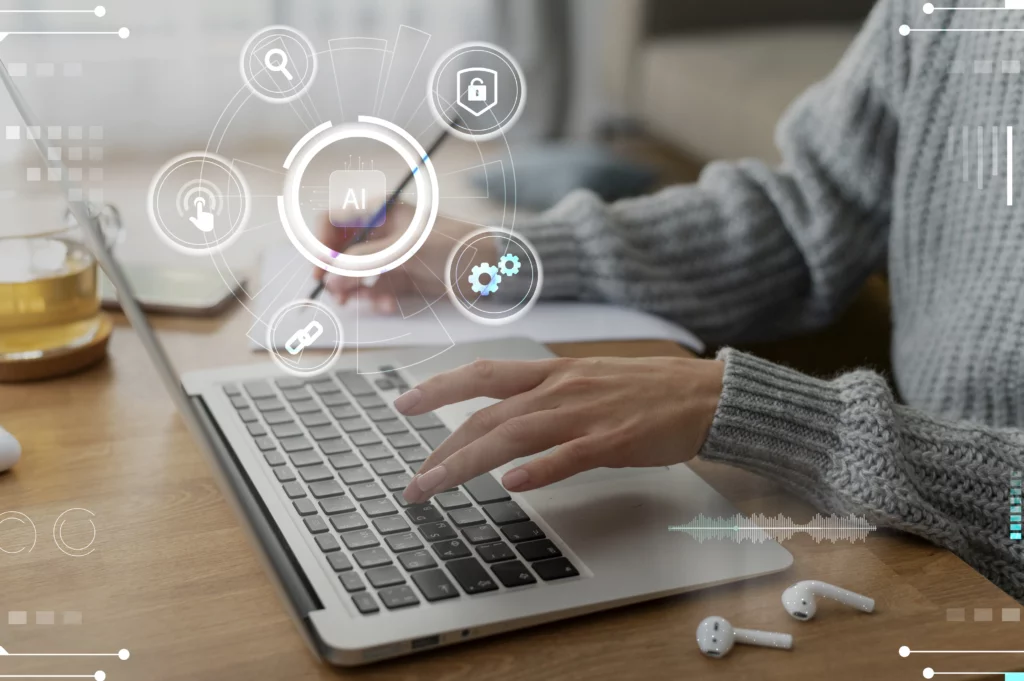
What is RPA?
RPA, also known as Robotic Process Automation, is a solution that uses pre-programmed bots to perform repetitive tasks. Therefore, RPA is considered the “arms” of humans when it operates based on the principle of simulating human behavior to work on tasks. From there, RPA helps automate processes to improve work efficiency.
Read more: RPA – A revolution for your enterprise
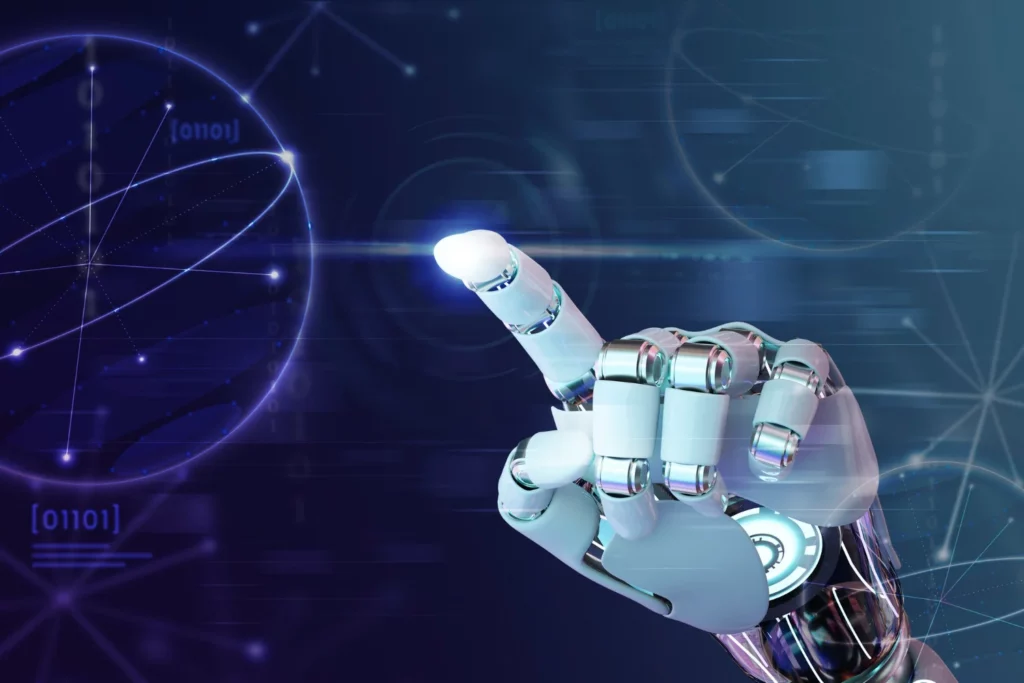
How Do AI and RPA Work Together?
If RPA can handle structured data, then AI can perform not only structured data, but also semi-structured, and unstructured data. Therefore, AI becomes valuable in dealing with unstructured information (documents, reports, invoices, etc.) before launching automation processes with RPA.
Intelligent Automation (IA) – the promising trend combined by RPA and AI – is estimated to reach $15.2 billion globally in 2025, with a compound annual growth rate of 12.5% since 2020, according to Gartner’s forecasts. At that time, RPA will play a role as the “hand” of the operating system to perform tasks effectively under the decision of AI.
Why is it necessary to combine AI and RPA?
Enhance efficiency
RPA automates repetitive tasks, freeing up human resources for strategic and high-value activities, while AI helps analyze unstructured data and make predictions based on real-time data to make the RPA process achieve good performance. In addition, AI algorithms can detect errors and suggest corrections to increase accuracy up to 100%.
According to a Deloitte report, companies that utilize Intelligent Automation will be able to increase their performance by up to 73%.
Optimize costs
Companies that integrate RPA and AI can significantly save on their budgets. The teamwork between RPA and AI solutions can be deployed across the enterprise, driving all processes to be synchronized and automated. These actions contribute to building an effective long-term budgeting strategy.
According to McKinsey, RPA and AI are vital to reducing operating costs in business processes by up to 20-25%.
Elevate customer service
When AI-powered chatbots and virtual assistants are integrated with RPA, they deliver a personalized and seamless customer experience. As a result, the process of quickly responding and resolving problems will contribute to improving customer satisfaction.
According to a study by Accenture and HFS Research, up to 84% of employees clearly see an increase in customer satisfaction rate due to the combination of RPA and AI.
Where do AI and RPA Converge?
Invoice processing
Invoice processing is always a time-consuming and accuracy-demanding task. When using the RPA and AI duo, the RPA is responsible for extracting and entering structured data into the system. Meanwhile, AI classifies invoices with OCR and IDP and tracks them with the system using ML. This advancement enhances the invoice management process to be more streamlined and accurate.
My Plan Manager Group is Australia’s leading National Disability Insurance Scheme (NDIS) plan manager. They have adopted OCR and RPA when handling invoices for the NDIS program process. As a result, My Plan Manager Group saved up to 100,000 hours of work.

Customer service
The huge number of customer questions and requests presents a major challenge for the customer service department to manage and respond to. We can create a smart chatbot with RPA and Generative AI to automatically respond to customer requests 24/7. Additionally, AI stores customer behaviors and analyzes customer data to provide personalized feedback.
Amazon improved its customer satisfaction rate to 85% by applying RPA and AI to its chatbot system for automatic responses to customers.

What factors require special attention when merging AI and RPA?
Standardize the IT infrastructure
Existing IT infrastructure needs to be seamlessly integrated with RPA and AI. It is important to standardize the IT system before applying new technology. Standardized infrastructure eliminates inconsistencies and variations in systems, hardware, and software. This simplifies deployment, and maintenance of AI and RPA solutions, saving time and resources.
Ensure Security and Privacy
Data is the core and confidential asset in any corporation. Therefore, it is essential to ensure data security and access when integrating with new technologies. Every business needs to have a security system and control the process of applying AI and RPA to the business’s operating system to avoid unexpected risks.
Gain Trust Among Internal Employees
When implementing AI and RPA integration into operations, onboarding and educating employees is a critical step to ensure a smooth transition and avoid conflicts. Especially, clarifying that the application of new technologies is not to replace people but to improve the organization’s overall performance.
Pioneering the Market: AI and RPA duo
Step into the future with the unstoppable force of “Intelligent Automation” (IA), where the dynamic AI and RPA integration is reshaping industries at a rapid pace. It is difficult to predict future trends, but the flourishing signs of the IA revolution are undeniable.
Those savvy enough to weave RPA and AI seamlessly into their business structure are seizing a competitive edge. According to Deloitte’s report, 71% of businesses are ready to deploy and expand the scale of RPA and AI combination into operations soon.
In the realm of technology, the interplay of trends has created interconnected systems, laying the foundation for enormous intelligent operations. Businesses have the great opportunity to embrace the game-changing potential of merging RPA and AI. Making a strategic choice can result in promising successes or potential challenges. Therefore, it is crucial to make a thoughtful and calculated decision before embracing the new technology that shapes the landscape of tomorrow.
Check out: Top 8 Tech Trends That Define 2024





